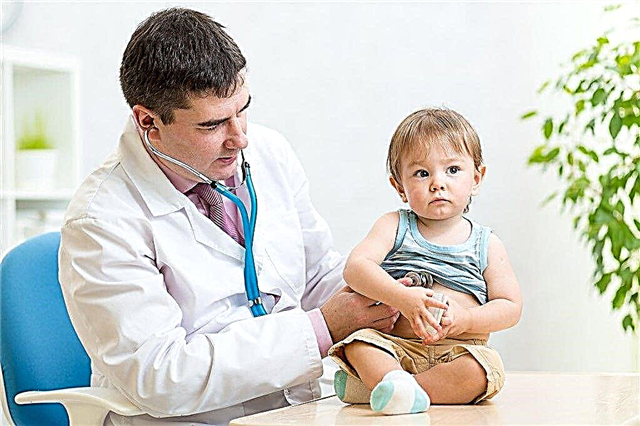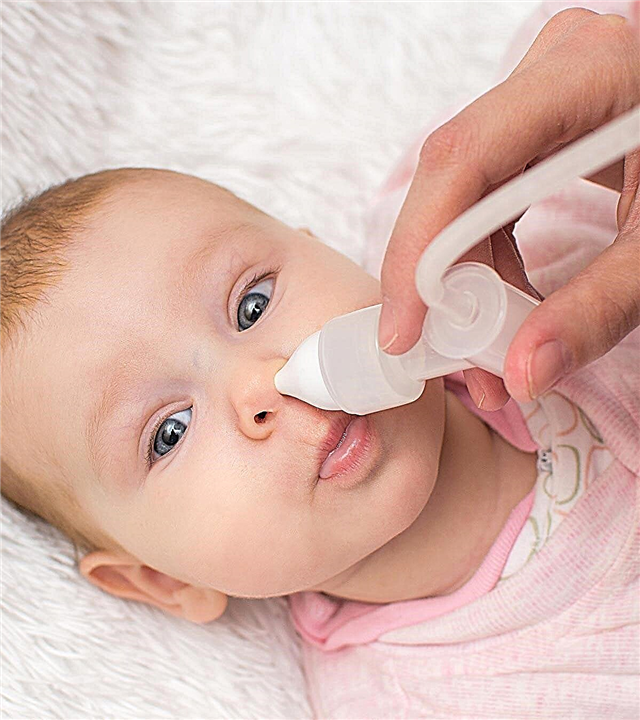
The appearance of urticaria in a child, especially in babies under 3 years old, always raises questions from parents - why did the rash appear and what to do with them now? There are many reasons why a child may develop urticaria. Let's understand them.
What's happening?
Urticaria is one of the most common dermatoses in childhood. The disease takes its name from the type of rash - it is pink in color, accompanied by slight swelling and looks very similar to blisters from a burn when the skin comes into contact with nettles... Such a rash in medicine has another name - urticarial rash.
It usually occurs due to the release into the blood of a high concentration of histamine... It is formed and deposited in the mast cells of mast cells. As soon as the child comes into contact with an allergenic substance, mast cells begin to get rid of the histamine deposits and release it into the bloodstream. The capillaries become more fragile and intracellular fluid begins to seep into the more superficial layers of the skin. This is how the characteristic blisters are formed.
The danger of urticaria lies in its rapid, lightning-fast development. The rash comes on very quickly, and the more it spreads on the body, the worse the baby's condition will be.
In severe cases, urticaria is edematous and is accompanied by angioedema - Quincke's edema, which can cause acute respiratory failure, hypoxia and suffocation.


What causes it?
Since the development of nettle rash is based on the mechanism of histamine release, the most common reason for its appearance lies in allergies... Food allergies should be suspected first, especially if the child has eaten a new food several hours ago.
Acute contact form of allergy develops more quickly - a rash can appear within a few minutes after contact with a dangerous substance or allergen. Sometimes this is how hives develop in response to insect bites.
An allergic reaction of the first type with massive urticaria and other unpleasant signs sometimes develops with mistakes made by medical staff during blood transfusion. The same quick reaction can be a manifestation of individual intolerance to the components of the vaccine during the next vaccination.


If the child did not have new foods in the diet, he was not vaccinated, did not receive blood transfusions, he does not have access to chlorine-containing products and household chemicals, paints and varnishes, other forms of allergy should be assumed, more rare - for example, to cold or sunlight , on vibration or water.
In search of the cause, in about a third of cases, it is not possible to establish what caused the urticaria. It happens that several factors are combined and it is not possible to determine the primary one.
Many mothers and grandmothers say that children with parasites in their intestines usually suffer from urticaria. But science has not yet been able to find a convincing relationship between helminthic invasion and urticarial rash. For this reason, recently, doctors have been trying not to prescribe antiparasitic drugs to children with urticaria - it is pointless and merciless.


How to identify an allergen?
You can try to determine the common forms of urticaria, which have different causes, visually, but you should not rely on the high accuracy of such a diagnosis.
It is important to remember everything that the child ate, drank, came into contact with, where he played and what, what medicines he was given.
It is impossible and unnecessary to remember everything in a week, since urticaria is a sudden and quick reaction of the body. Most often, it manifests itself within an hour after contact with the allergen, sometimes several hours pass from the moment of contact to the rash. therefore it is enough to remember 2-3 hours of the baby's life before the rash appears... The reason lies precisely in them.
The simultaneous occurrence of an eating disorder, diarrhea, nausea, pain in the epigastric region indicates food allergy. It most often occurs in children under 2 years of age. Usually accompanied by symptoms of intoxication. If vomiting appears, you do not need to stop it - this is how the body tries to get rid of the allergen, but the child should be given water and controlled so that dehydration does not occur, which will be reported to the parents by pointed facial features, bruises under the eyes, cyanosis on the face, and dry skin.


With the development of a giant urticaria with massive edema, an ambulance should be called. The child may develop Quincke's edema at any time. While waiting for the doctors, you need to take the baby out into the fresh air or open all the windows, balcony doors, so that the crumbs had a constant flow of fresh air.
Cold urticaria occurs in a place that has been exposed to cold. Usually these are hands, face, nose, lips. If your child has fair skin and blonde hair, you should assume he has solar urticaria, especially if the baby has been walking in sunny weather shortly before.
Also, thermal urticaria sometimes occurs when the temperature changes, for example, if a child is brought from frost to a hot-heated bath or taken out of a bath in the cold. This form of urticaria is the slowest. The rash can appear in a few hours or in a day.
To chemicals, animal allergens, pollen and certain types of drugs, urticaria usually occurs abruptly, quickly and on a large scale. An exception is the toxic form of the disease, in which the affected area is limited to the place of contact with chemicals.
There are more objective ways to diagnose the causes of urticaria. To do this, you need to contact a pediatric allergist who will prescribe allergy tests. They are carried out using the most common allergens, but not always among the proposed set of antigens is the one that caused the rash in a particular baby. In this case, immunological blood tests are done - an analysis for immunoglobulin E, for specific immunoglobulins, the IMMUNOCAP test, if the child is already 3 years old, since such a test requires a larger amount of venous blood.


Skin tests can also provide an allergist with a lot of useful information that will be useful in treating urticaria in a particular small patient. From the age of 3, solutions containing common protein antigens, which are more likely to cause allergies, are applied to the skin of children.

Dr. Komarovsky tells about the causes of the rash in children in the video below.



